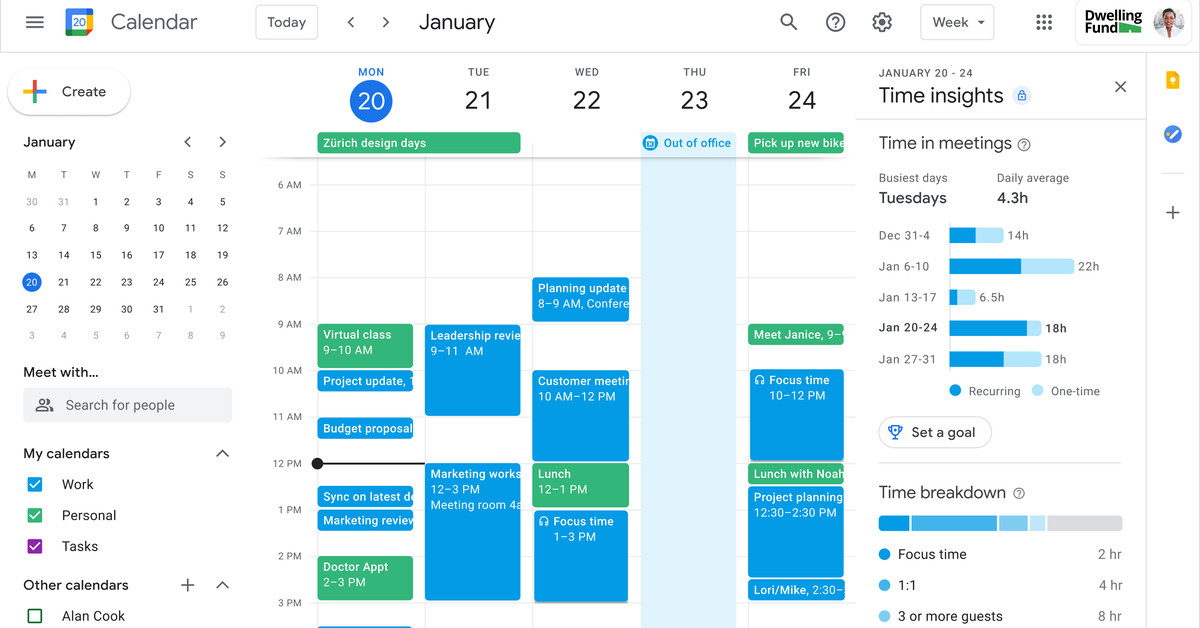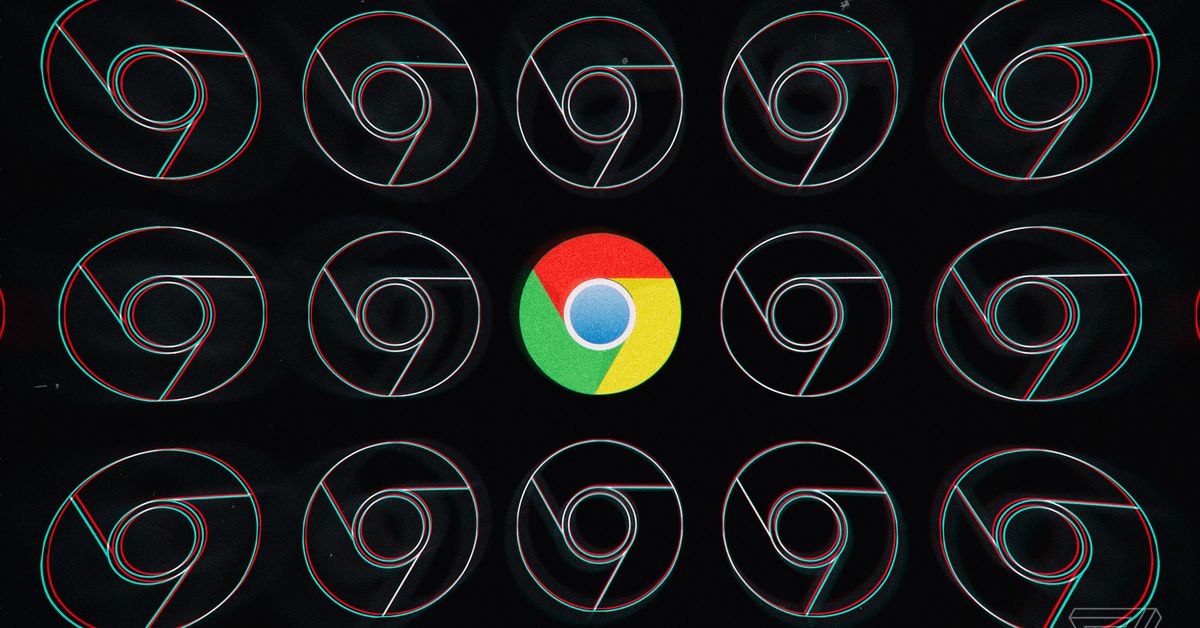
When Microsoft originally announced Windows 11, it was quickly discovered that Microsoft had made some drastic changes to the system requirements. Most importantly, there are some strict requirements on which CPUs are supported by the new OS. When it came down to testing in the Windows Insider Program, however, the Redmond firm wasn’t quite as strict.
Here’s how it worked. If you were in the Dev channel prior to the announcement, you’d be allowed to stay up until Windows 11 comes out. Once it’s out, you have to roll back to Windows 10 or you’ll be in an unsupported state, assuming your PC is ineligible (obviously, if your PC is eligible, you’re good to go). For Beta channel Insiders, they were kicked off of the Beta channel and placed into Release Preview for Windows 10 21H2 testing.
Now, Microsoft has started kicking unsupported PCs out of the Dev channel of the Windows Insider Program. If you’re in the Dev channel and your CPU isn’t on the supported list, you’ll likely find that you have to go back to Windows 10 in order to keep receiving updates.
Microsoft has now dropped ineligible systems from the Insider program and tells them to install Windows 10. pic.twitter.com/zfALanmcuq
— BetaWiki (@BetaWiki) August 31, 2021
The transition to the new system requirements hasn’t been an entirely smooth one, but there’s a good reason that things are the way they are. Windows 10 versions 20H2, 21H1, and 21H2 are all enablement packages that build on top of version 2004. But since the spring of 2020, Microsoft has still been releasing prerelease builds in the Dev channel, with none of those features actually shipping in Windows 10. Those prerelease builds eventually became Windows 11.
That means that when Microsoft decided on the new system requirements, it had to think of a solution for all of the Windows Insiders that wouldn’t qualify for Windows 11, but were already running prerelease builds. After all, you can’t deliver an OTA update from build 20xxx to build 19xxx. The general rule is that if the build number goes down, you have to do a factory reset.
Because of this, the Redmond company decided to let Insiders on the Dev channel tag along for Windows 11 testing. Obviously, those users were used for telemetry. When Microsoft said it would consider Intel seventh-gen and AMD Zen processors for Windows 11 support, it got to look at data from all of the Insiders that were still able to run Windows 11. That’s how the firm came up with stats saying that supported PCs had a 99.8% crash-free experience, while unsupported PCs has 52% more crashes (which really only means that it’s a 99.7% crash-free experience).
But now, that run of testing has come to an end. It’s never fun when you have to reset your PC, but that’s the risk of the Insider Program.
Article From & Read More ( Microsoft is booting ineligible Windows 11 PCs out of the Windows Insider Program - XDA Developers )https://ift.tt/3jAiOGh
Technology
:no_upscale()/cdn.vox-cdn.com/uploads/chorus_asset/file/22818317/Pixel_Stand_23W_668x445.png)








:no_upscale()/cdn.vox-cdn.com/uploads/chorus_asset/file/22816616/QC45_up_close.JPG)








/article-new/2019/12/iPhone-in-Space.jpg?lossy)

